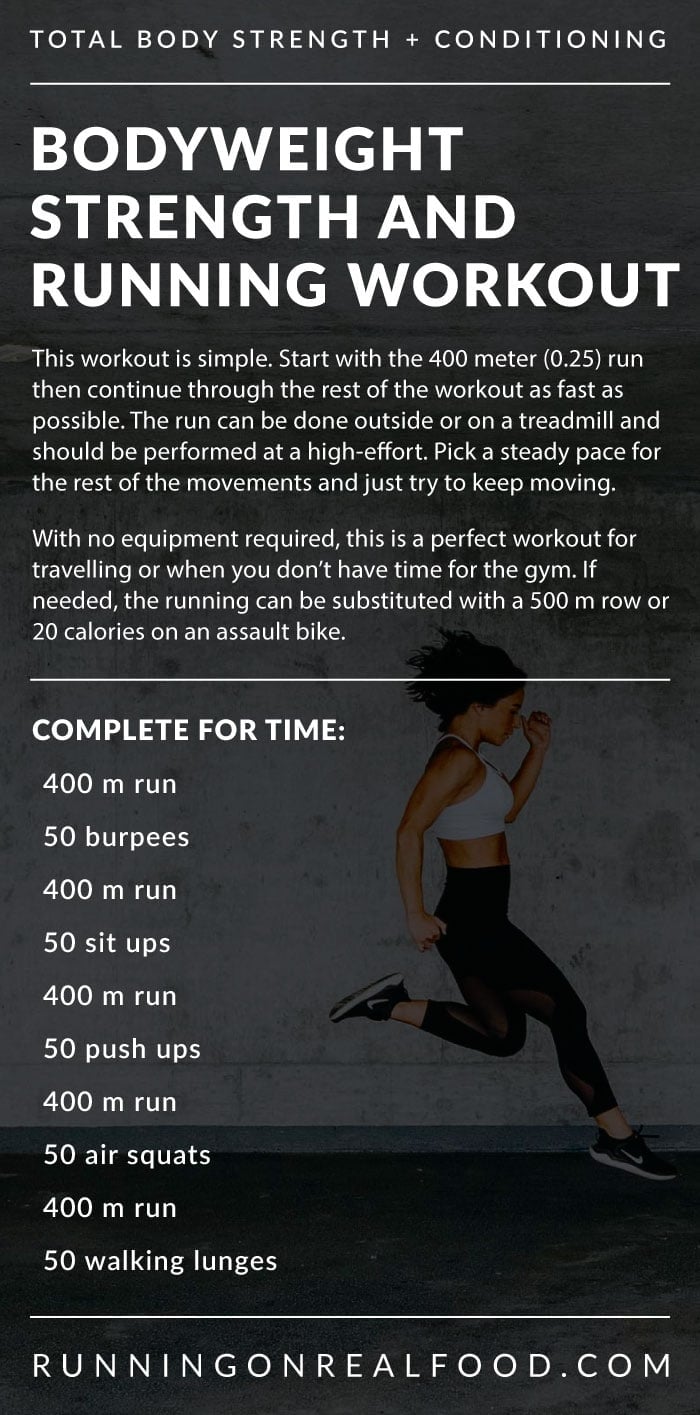Raise Your Running Strategy with Proven Techniques
Raise Your Running Strategy with Proven Techniques
Blog Article
Just How to avoid and Manage Discomfort in Operating: Specialist Tips and Suggestions
As joggers, we usually locate ourselves captured between the exhilaration of pressing our physical borders and the discomfort that can accompany it. The pursuit of that runner's high can occasionally be prevented by the unwanted companion of discomfort. Whether you are an experienced marathoner or a beginner striking the sidewalk for the very first time, the nagging visibility of discomfort and pain is a common measure. There exist tried and tested techniques and expert recommendations that can help minimize and handle these pains, enabling you to concentrate on the delight of running itself.
Importance of Appropriate Shoes
Appropriate footwear plays a vital duty in preventing and taking care of discomfort for joggers, as it substantially influences their comfort, performance, and general foot wellness. When it concerns running, putting on the right shoes can make all the distinction. Uncomfortable or improper shoes can lead to a host of problems such as sores, shin splints, plantar fasciitis, and also more extreme injuries like stress and anxiety cracks.
Picking the correct running shoes includes thinking about variables such as foot type, gait mechanics, running terrain, and individual choices. Joggers with high arches might need even more padding and assistance, while those with level feet might take advantage of security shoes. Furthermore, understanding pronation (the inward rolling of the foot) and supination (the external rolling of the foot) can assist in picking shoes that give the ideal degree of arch assistance.
Purchasing quality operating shoes that are suitable for your private needs can aid prevent discomfort and pain while boosting your running experience. Focusing on appropriate shoes is not nearly performance but likewise concerning protecting your foot wellness in the future.

Efficient Warm-up Strategies
A vibrant warm-up regimen before a run aids enhance blood circulation to the muscles, improves adaptability, and boosts the array of motion of the joints. Dynamic stretches like leg swings, high knees, and hip circles are useful in preparing the body for the physical needs of running.
Along with vibrant stretches, integrating some light cardio workouts such as jogging or missing rope can even more boost the heart rate and heat up the body. This combination of dynamic extending and light cardio helps loosen up limited muscle mass, oil the joints, and mentally prepares the jogger for the upcoming exercise (running workout). By making workouts a consistent part of your running regimen, you can considerably lower the threat of injuries and carry out at your ideal during each run
Key Stretching Workouts
When planning for a run, integrating essential stretching workouts is essential to boost muscular tissue flexibility and avoid injuries - Read More. Dynamic stretches such as leg swings, high knees, and hip circles are valuable for heating up the muscle mass and increasing variety of activity before a run. These motions aid improve blood circulation, loosen up limited muscle mass, and prepare the body for the task in advance
Fixed stretches like calf stretches, hamstring stretches, go to my site and quadriceps stretches must adhere to a go to assist in muscle mass healing and protect against tightness. Holding each stretch for 15-30 secs permits the muscles to unwind and lengthen, reducing the risk of post-run discomfort and prospective injuries.
In addition, incorporating yoga positions like down pet, pigeon pose, and spinal twists can target several muscle mass teams simultaneously, promoting overall flexibility and stamina. Constant stretching routines not just enhance efficiency however likewise aid in keeping excellent running kind and protecting against overuse injuries. Bear in mind, proper stretching techniques are essential for a safe and pleasurable running experience.
Healing and Relax Methods
After finishing a run, carrying out efficient recovery and remainder techniques is important for making the most of efficiency and lessening the risk of injuries. In addition, integrating remainder days right into your training schedule is important to stop overuse injuries and fatigue.
Energetic recovery methods such as mild extending, foam rolling, and yoga can assist boost circulation, decrease muscle mass pain, and enhance versatility. It is likewise beneficial to prioritize hydration and nutrition post-run to renew electrolytes, glycogen shops, and advertise muscle recovery.
Cross-training activities like swimming or cycling can supply a break from the recurring influence of running while still maintaining cardiovascular health and fitness - running workout. Listening to your body and acknowledging when it needs a break is crucial to protecting against persistent injuries and ensuring long-term running success. Remember, rest is not a sign of weakness however a critical part of a well-rounded training regimen
Cross-Training Advantages

It permits you to work on different facets of physical fitness that might not be targeted entirely via running, leading to a more well balanced and well-rounded athlete. In addition, cross-training can help enhance running performance by dealing with muscle imbalances and weaknesses that might hinder performance.
Verdict
Finally, appropriate shoes, warm-up methods, extending workouts, recovery methods, and cross-training are essential elements in preventing and managing discomfort in running. By incorporating these practices into your regimen, you can reduce the risk of injury and pain while making the most of efficiency and enjoyment of the sporting activity. Read More. Keep in mind to listen to your body, prioritize rest and healing, and seek specialist guidance when needed to make sure a secure and effective running experience
Report this page